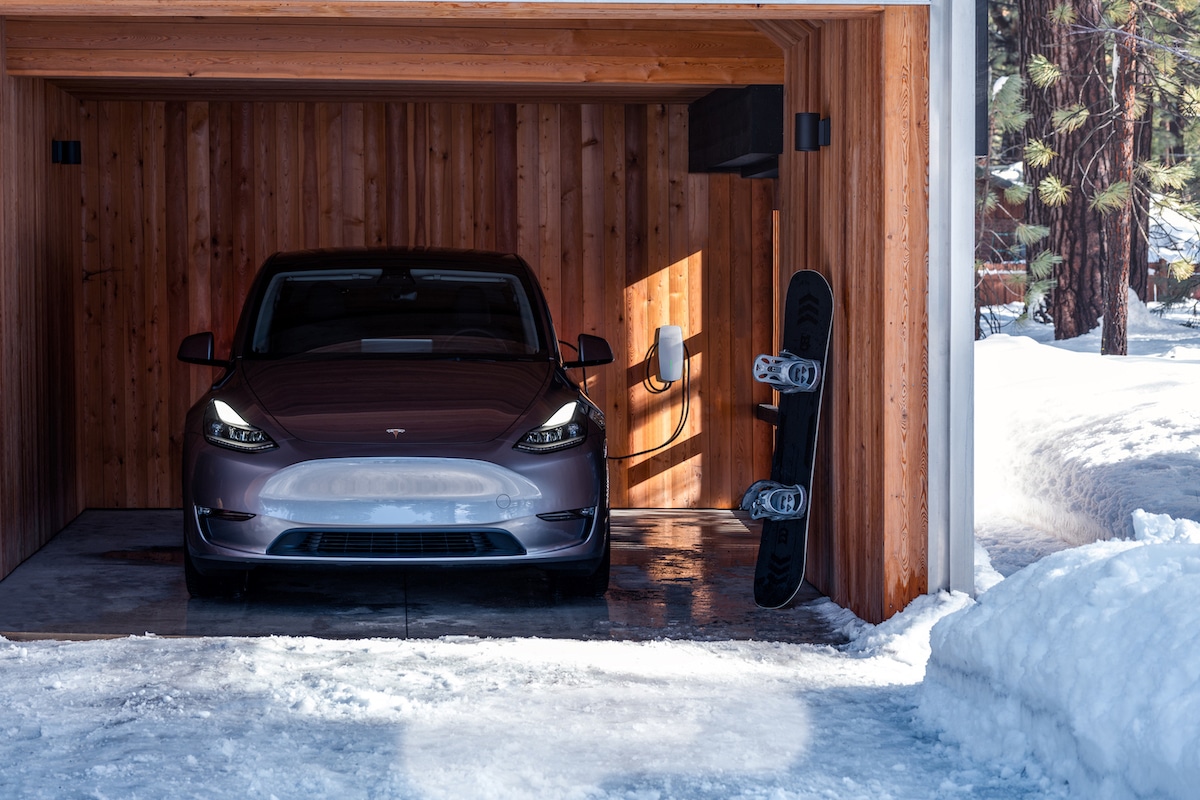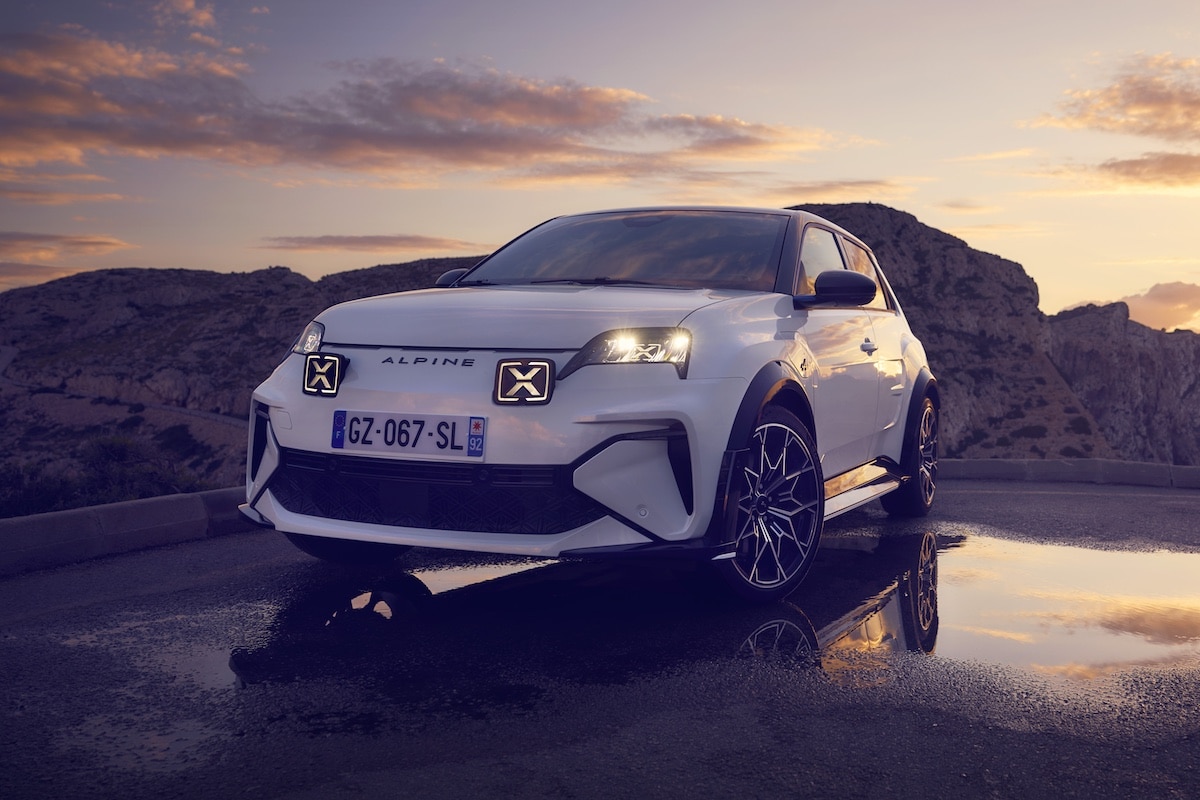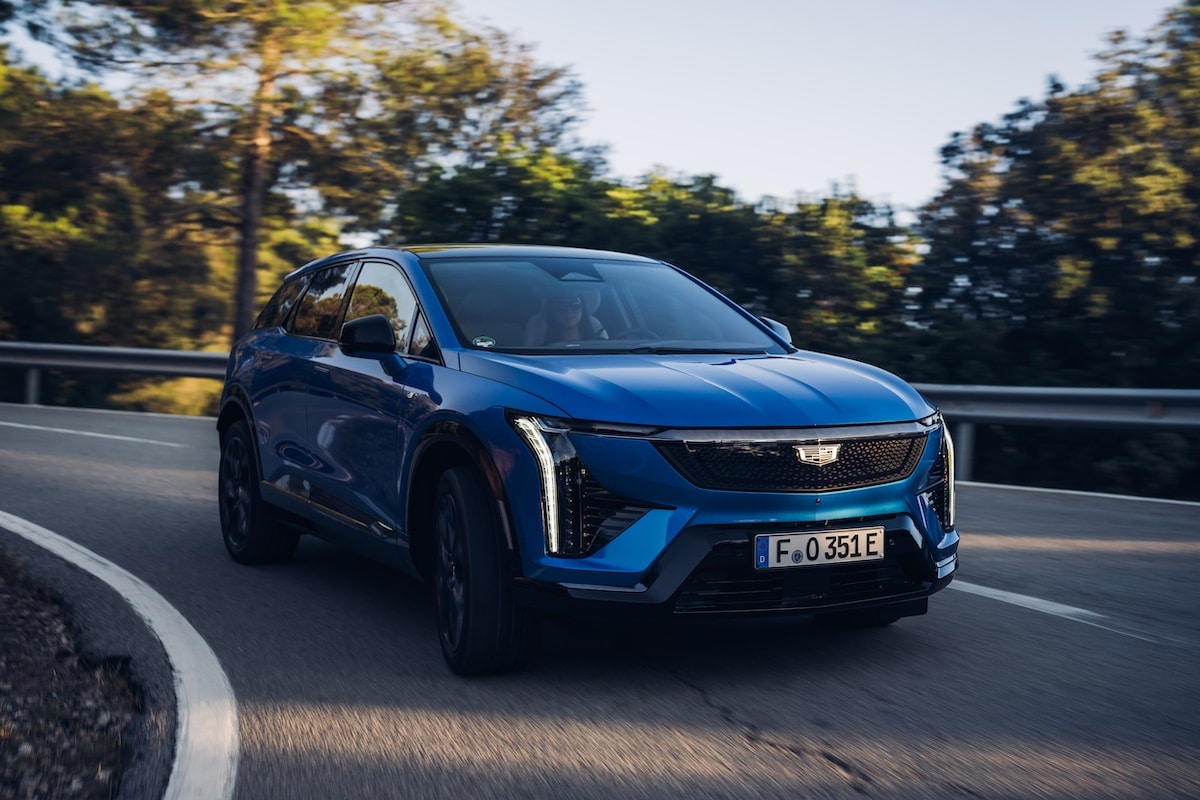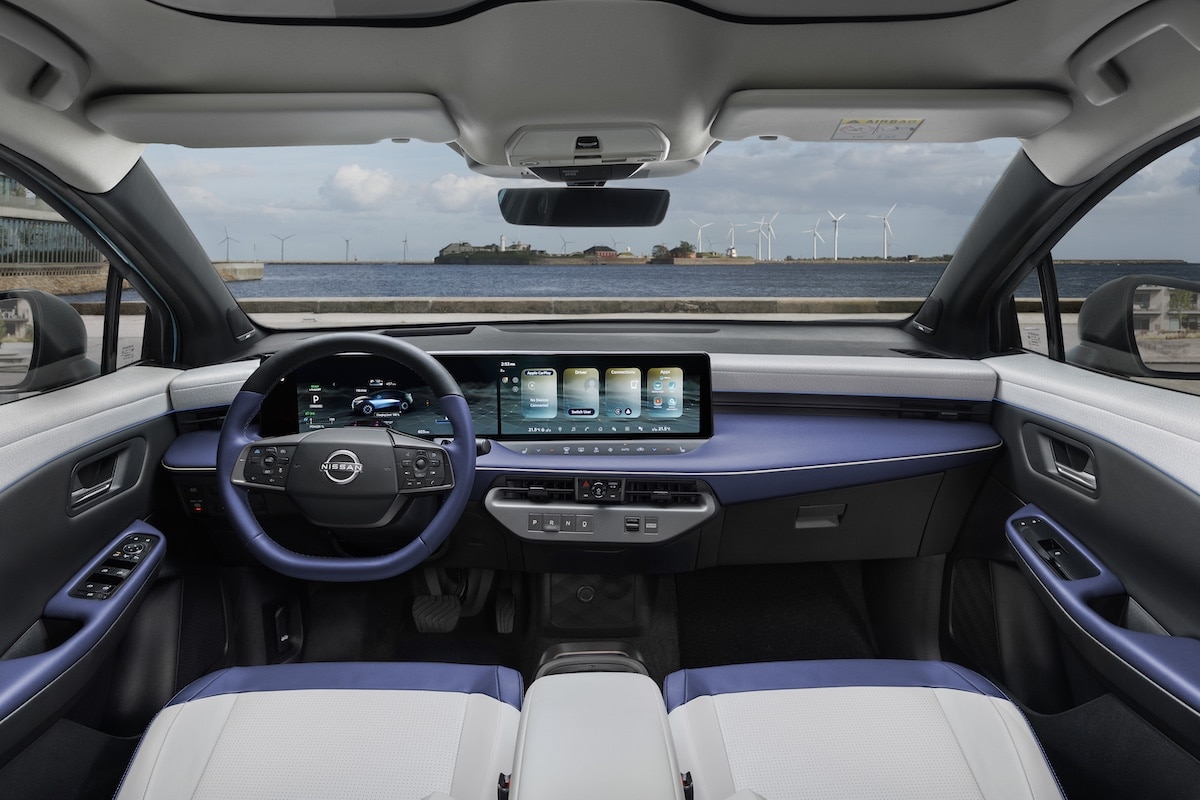How to Improve the Range of an Electric Car in Winter?
This page is translated from the original post "Comment améliorer l’autonomie d’une voiture électrique en hiver ?" in French.

Improving the autonomy of an electric car in winter involves taking several factors into account. Here are our tips.
This topic is an essential tutorial at a time when more and more motorists are switching to electric vehicles and may not always receive proper advice.
In winter, unfortunately, you won’t perform miracles, because current battery chemistry is penalized by the cold. The electricity generated by the reaction between the electrodes and the electrolyte is degraded due to a slower movement of molecules. Some batteries contain liquids that participate in chemical reactions. The cold can thicken these liquids, reducing their ability to circulate freely and participate effectively in chemical reactions, both during charging and discharging.
It is therefore advisable to help the battery operate under the best conditions to deliver performance as close as possible to that of spring.
- Preheating during charging: Use your vehicle’s preheating function while still plugged in. This heats the cabin and the battery without draining your vehicle’s battery.
- Managing battery temperature: Keep the battery at an optimal temperature. Lithium-ion batteries perform better at moderate temperatures. If your car is equipped with a thermal management system, ensure it functions properly.
- Economic driving: Adopt smooth and anticipatory driving. Accelerate slowly, brake gently, and use regenerative braking to conserve energy. Prefer ECO mode, which smooths power delivery. As the road is icy, high power output is unnecessary and even counterproductive. Your safety will also be improved.
- Reducing speed: Driving more slowly can significantly increase range, as air resistance increases exponentially with speed.
- Judicious use of heating: Limit heating use. Instead, use heated seats and steering wheel if available, as they consume less energy.
- Reducing aerodynamic load: Avoid carrying objects on the roof of the vehicle, as they increase air resistance.
- Properly inflate tires: Ensure tires are correctly inflated. Underinflated tires increase rolling resistance and reduce range. In winter, air density decreases, causing tire pressure to drop slightly. Remember to compensate for this loss.
- Planning trips: Plan your routes to avoid heavy traffic areas and favor roads with speed limits conducive to energy saving.
- Updating software: Ensure your vehicle has the latest software update, as manufacturers often improve energy efficiency through software improvements.
- Minimize use of accessories: Limit non-essential electrical accessories such as phone chargers, multimedia systems, etc.
- Park in a warm place: Prefer parking in a garage or covered parking lot. It is usually around 10-13°C, summer or winter. This makes a huge difference for battery conditioning. Charging will be much more effective, increasing your range.
- Don’t let your battery run too low: Never go below 20% charge reserve. Cold batteries are more temperamental during charging. If they fall too low, they may refuse to accept a charge. Also, preheating might be more difficult, slowing down your recharge. On long trips, this aspect is far from trivial.
- Avoid fast charging as much as possible: Using rapid and high-powered chargers, such as Tesla Superchargers, is discouraged. High-power charging causes significant thermal stress on the battery. Over time, accelerated wear will cause the battery to lose much of its storage capacity and thus reduce range.
By implementing these strategies, you can optimize your electric vehicle’s range, even in harsh winter conditions.
READ ALSO: Cold wave: Tesla cars “dead” in Chicago
We also suggestthese articles:
Also read






